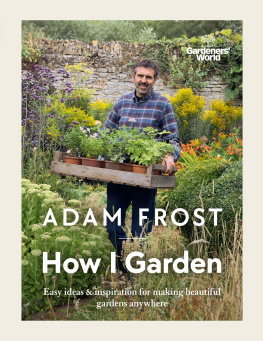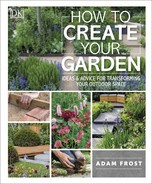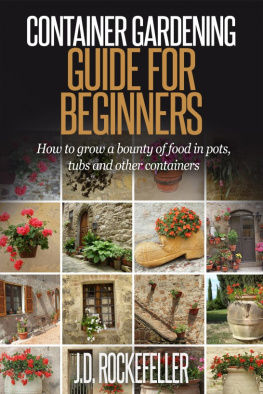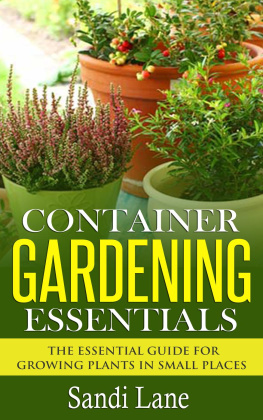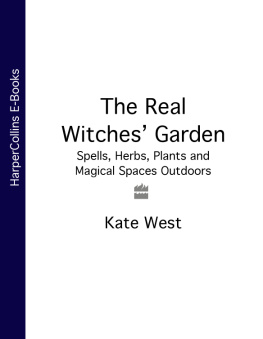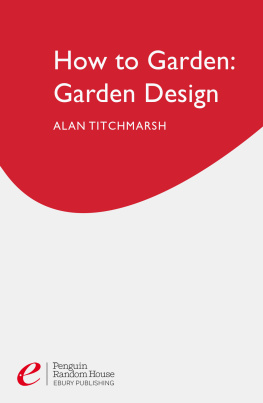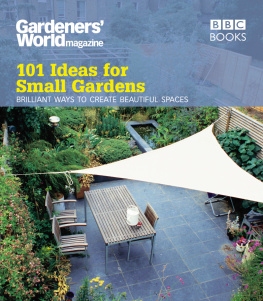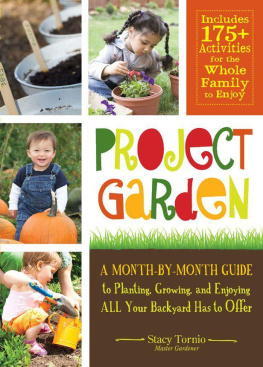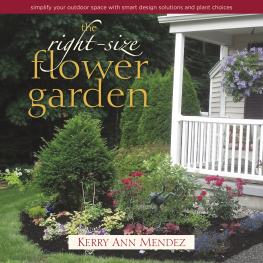





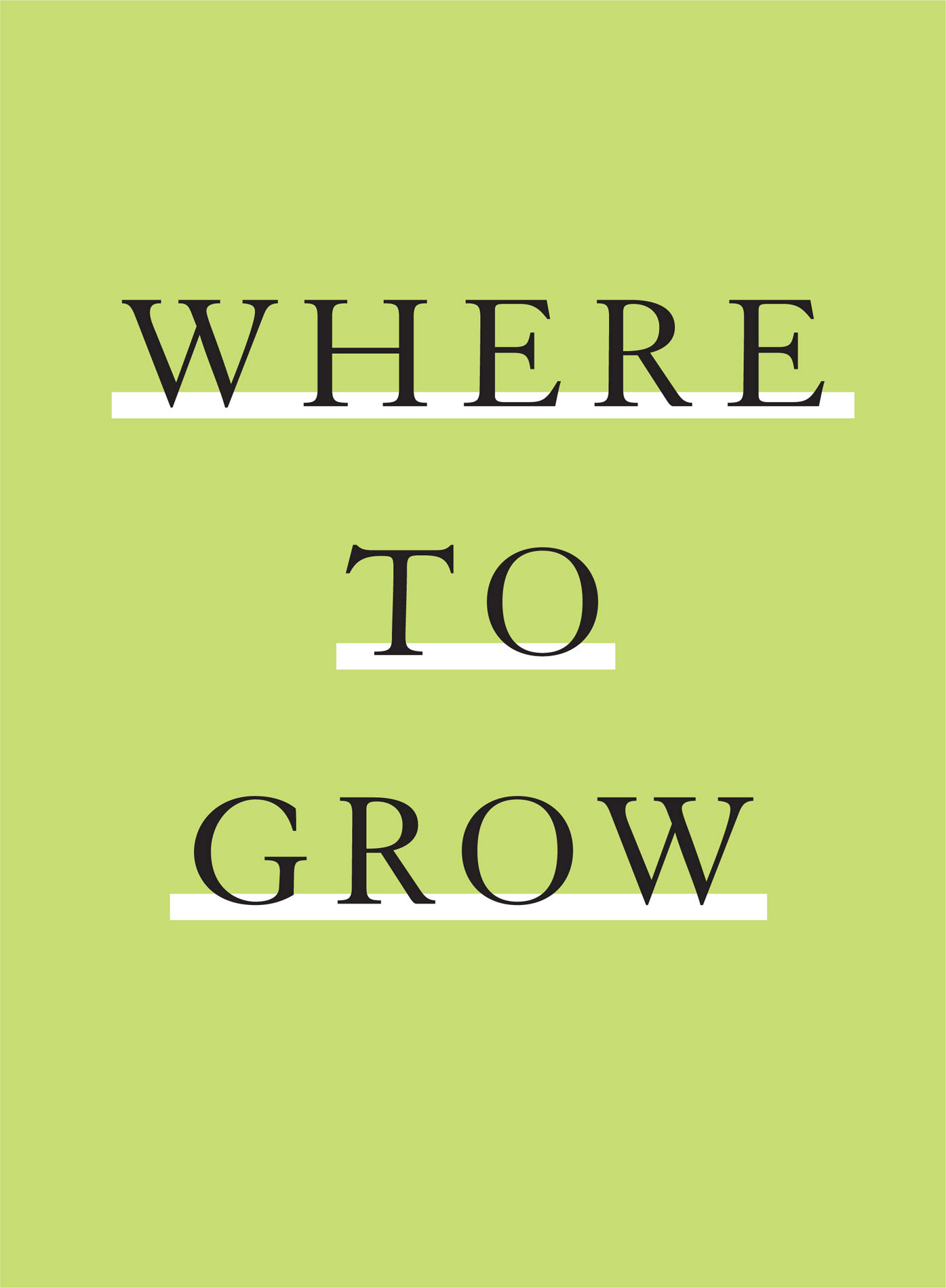
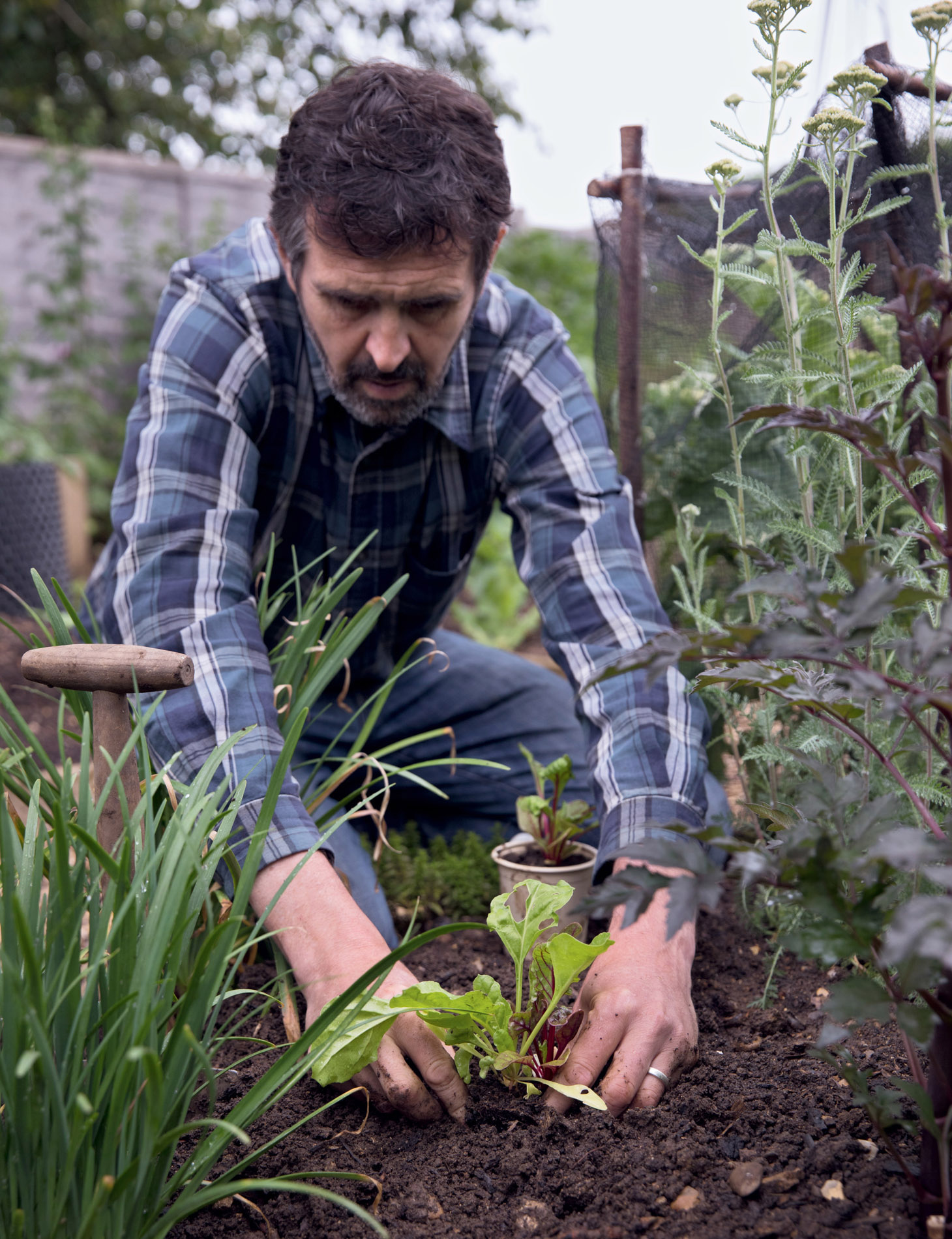
How I assess a site
When planning your garden the first thing you need to understand is your site. Assuming that you want to grow plants, you need to assess the pros and cons of the growing conditions in order to be successful. Just think of it as if youre on a journey, an incredible journey.
So how do you work out what your site offers and therefore what you can and cant grow? Theres loads of information out there on the internet, and whatever size space you have, even if its only a windowsill, its always good to work out the best plants to suit your particular conditions.
Windowsills
First off, look at in which direction your windowsill points and what the light levels are like. If its east-facing, its probably going to get really good morning sun, but where I live in Lincolnshire there might be five or six days in the winter where the wind is coming from the north-east and the east, and when you go into the room with the east-facing windows you can really feel the drop in temperature.
Youve also got to remember that the conditions on a windowsill can change at different times of the day strong sun on the glass, for example, can create the same effect as a mini greenhouse so just be mindful of this. For instance, at the end of the day, if youre in a south-west-facing room and the sun goes down, the room might actually remain quite warm. If its north-facing or there are shadows cast from other buildings, obviously there wont be as much light as if it were south-facing and open to direct sun.
As well as light levels, think about if there are any cold draughts or, conversely, rooms that get really hot, in which case you could consider turning the heating down or off, even if its just at night. Or it might go to X temperature, but when the heatings on and the fires on and we as humans think thats lovely, the plants in the corner might be going, Oh my god, help!. Also, central heating can make the air quite dry, whereas a lot of plants love a bit of moisture. Its just a matter of choosing the right plants for the right place, really.
Balcony
Every time your gardening space gets a little bigger all you really have to do when planning it is the same: assess the conditions and think about what will grow best there. If you have a balcony, start asking, what way does the balcony face, is it exposed, is it cold, does it get any rain? Is it in a rain shadow, is it a dry balcony, is it a wet balcony? How high is it, how high are you above sea level?
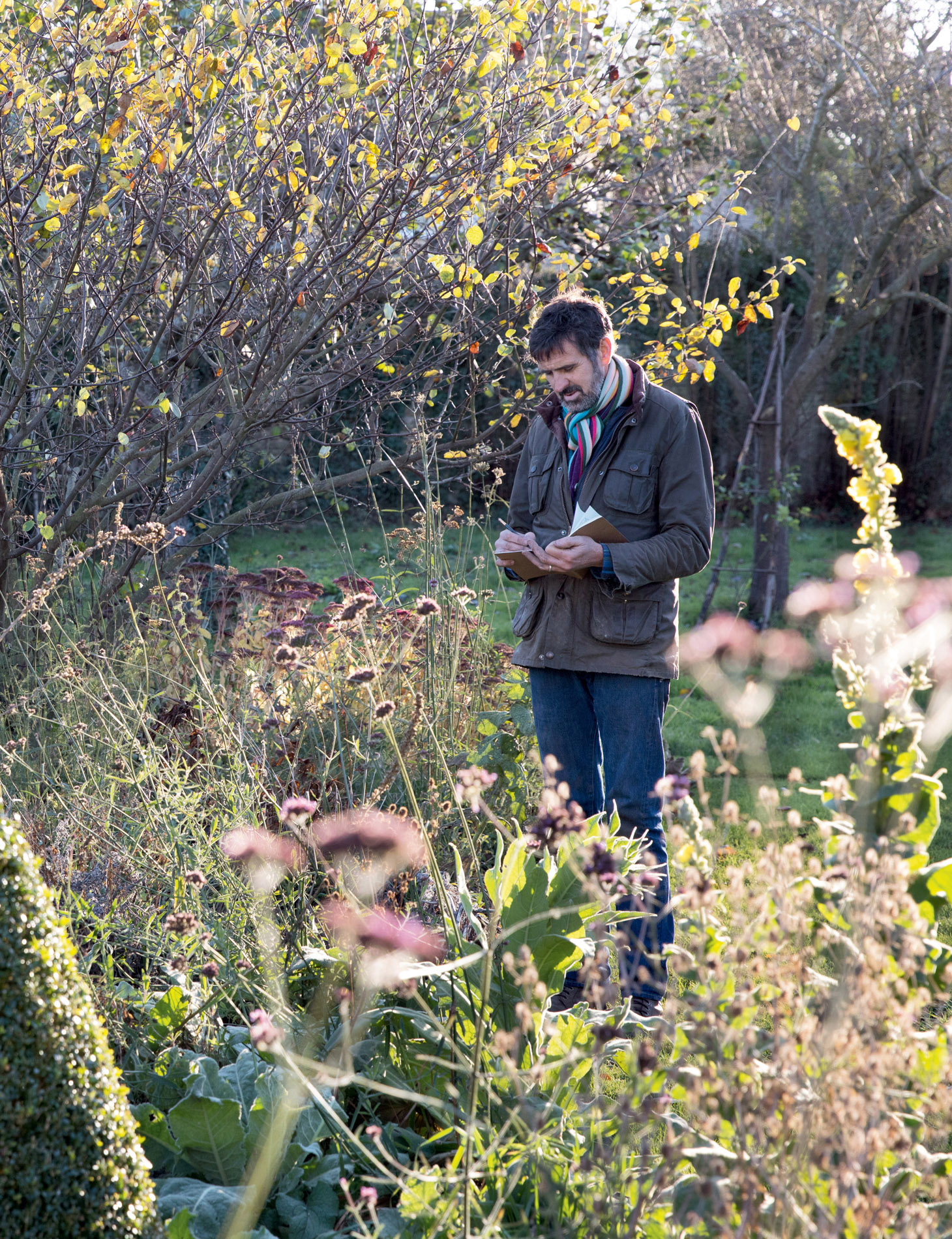
ASSESSING CONDITIONS:
Always think carefully about where you site your plants. Obviously, the soil or growing medium and amount of light and water are key, but its also important to consider the intensity of the sunshine, where the shade falls, how heat might be reflected from walls and glass and any draughts or wind tunnels. Watch what works and doesnt work and keep a note of ways you can improve the garden or where work needs to be done. It also helps taking pictures and I sometimes put canes in as markers.
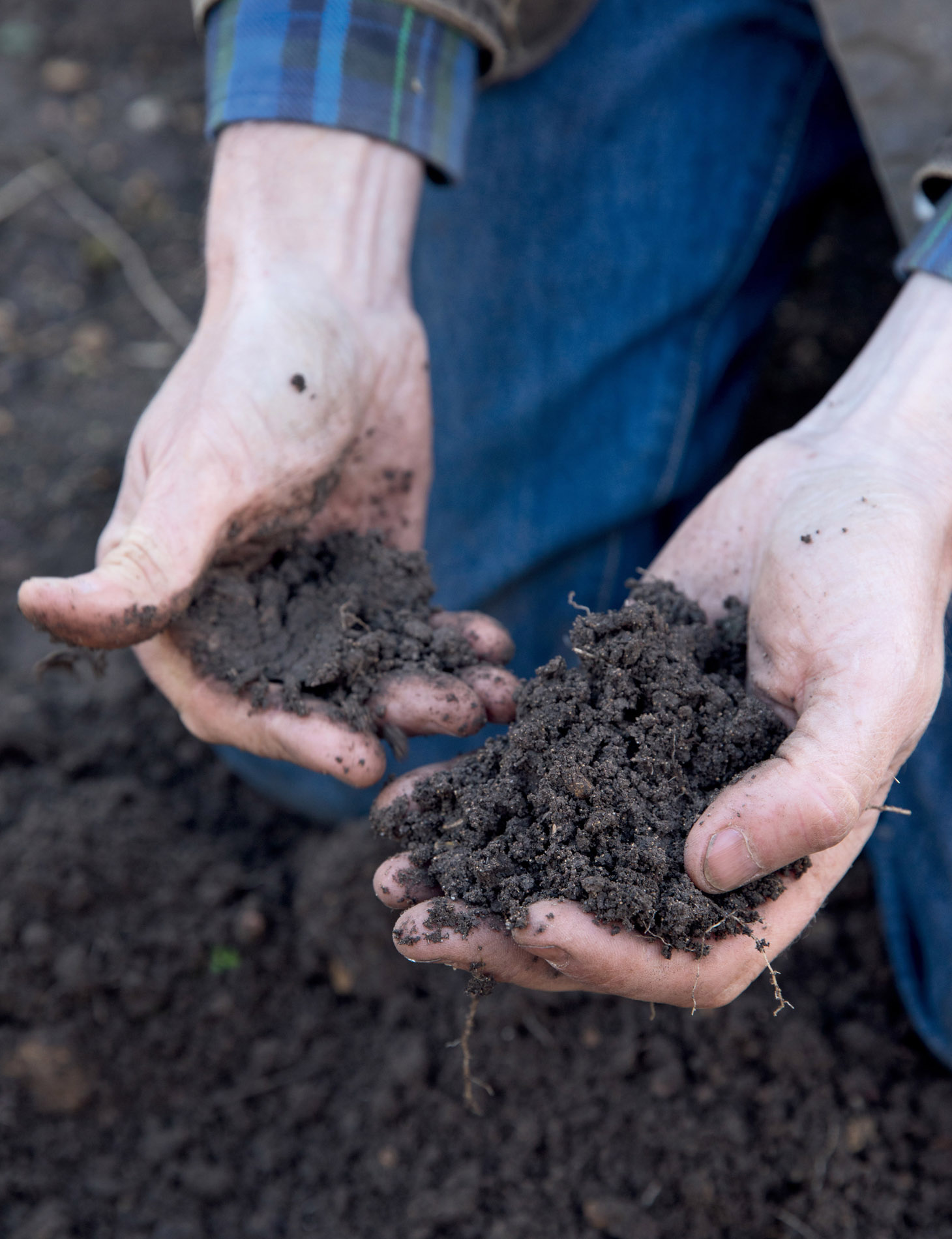
The flat I had in Devon had a small balcony and I started growing lots of herbs, all the basic stuff that I liked cooking with. I always think that it helps, particularly in the beginning, if theres a reason you grow something, and what I mean by that is that it needs to affect your life in some way. This could be either in a purely visual sense or on an emotional level, in that it puts a smile on your face as it reminds you of somebody or perhaps simply because you enjoy eating it.
So if you start off with a windowsill or balcony and move to something bigger, all you have to do is use the same knowledge and build on it to take in the extra elements offered by your new space.
GROWING MEDIUM
Next its about assessing your growing medium. If youre planting in pots, containers and window boxes, you need to think about what you put in them, and if youre planting in a garden then you need to consider your soil.
Importantly I always think firstly about which plants I want to grow, and then Im driven by what conditions youd find them growing in in nature. That guides me as far as compost mixes are concerned. Obviously, everything I do is peat-free. It was what I learnt when I worked for Geoff, and since then I never really used peat-based compost. I feel as if Id get struck by lightning or well and truly battered if I did. Anyway, as home gardeners, we just dont need it.
So I use peat-free multi-purpose compost, but only ever as a starting point for mixes I make up. For anyone who wants to move away from peat and begin using peat-free, youre going to have to get your head around the fact that bags of peat-free compost can vary quite a lot in texture and consistency. Youll find that, especially in the beginning, its a little bit more difficult to achieve predictable growing conditions. Ive tried out lots of different bags of peat-free compost with very different results, so its worth experimenting until you find a mix that suits your needs.
As much as anything youre on a journey of understanding. Dont be disappointed if one season, say, your tomatoes in pots dont do so well. Remember, it might not be you, it might just be that that compost mix wasnt quite right, and youll just have to experiment again next year. If something does go wrong, work out why and learn from it, because the great thing about gardening is you can always try to do better next year. Gardening teaches patience and perseverance. And observation, too, because the more we observe these things the more we can pick up and improve our ability to garden successfully.
In my ingredients cupboard, along with the basic all-purpose, peat-free compost, Ive got a bag of topsoil, horticultural grit, horticultural sand, composted bark, pearlite and vermiculite.
In the garden I also use leaf mould but Im invariably too impatient to leave it to break down enough to use in pots. I tend to leave my leaf mould in open cages for around 12 months until its reasonably rotted, but personally I think really good leaf mould takes longer than a season to break down. However, as a mulch its lovely for the woodland, and within weeks it just seems to go back into the ground.
Also in the ingredients cupboard I might keep a bit of home-made compost to add to my mixes, although generally I tend to use that up mulching around the garden.
Next page
